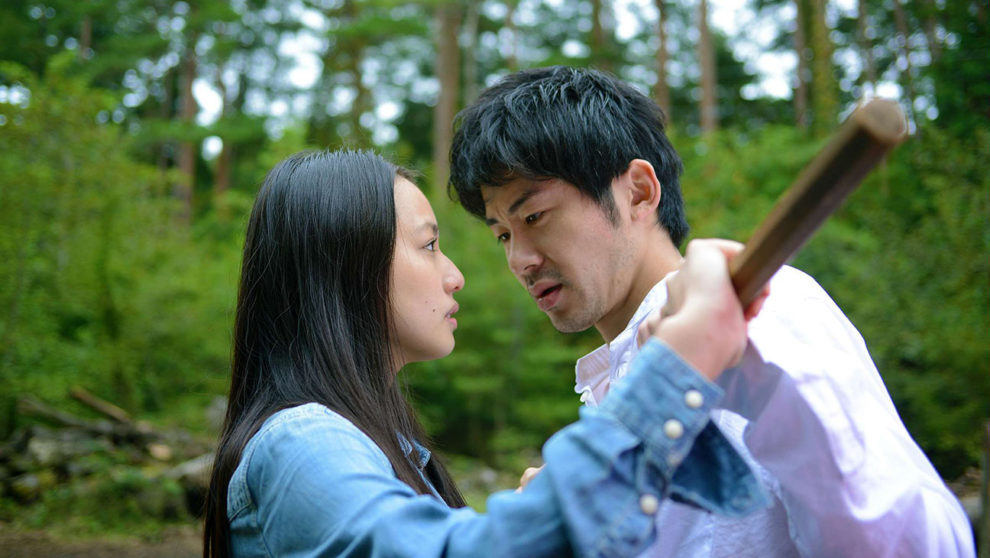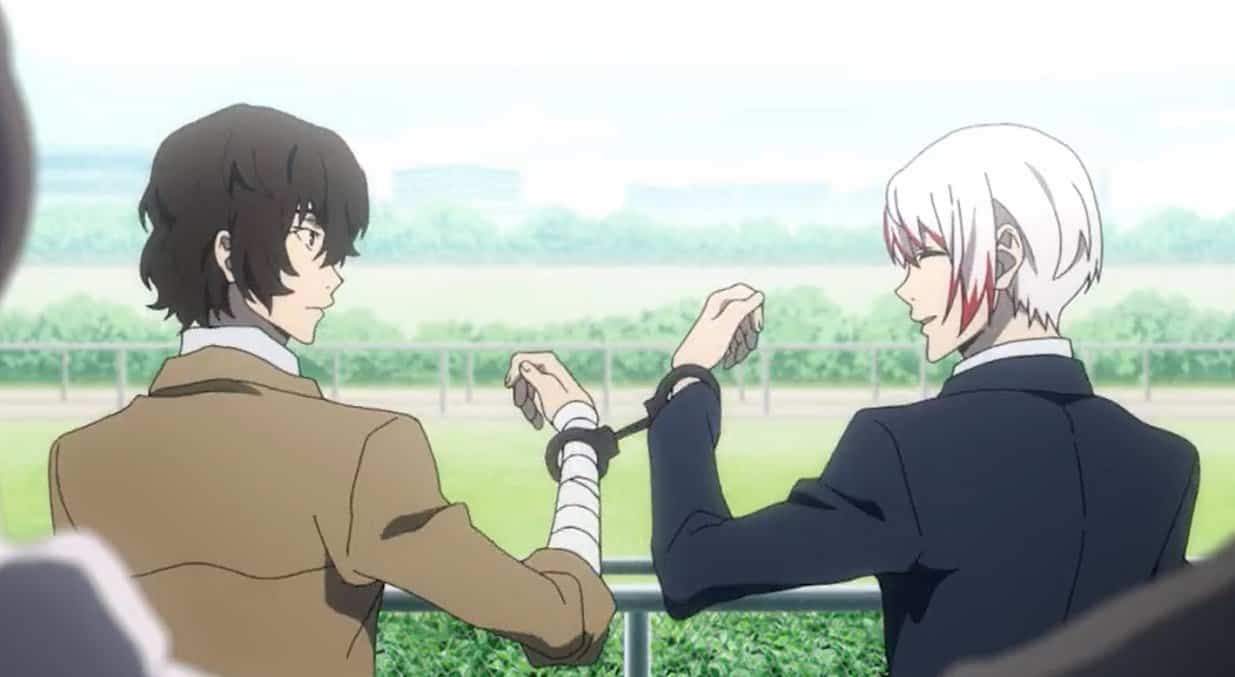While many may still look down upon a genre such as pink film, many entries in Nikkatsu's Roman Porno Reboot Project are not only entertaining to watch, they have also garnered quite a lot of critical acclaim. The guidelines of having, more or less, complete artistic freedom and the obligation to add a few nude scenes in the story has worked for titles like Sion Sono's “Antiporno”, a movie which not only works as a titillating feature, but also as an in-depth look about gender images in film as well as class. In 2016, Akihiko Shiota, a director who has had experience working in the field of pink film, managed to convince both audience and critics with his entry into the project called “Wet Woman in the Wind”, a story about temptation and pretense.
Watch This Title
Popularity comes with a price for Kosuke (Tasuku Nagaoka), a famous playwright, who, in order to escape the media and the female admirers chasing him, has built himself a small ramshackle hut in the middle of a forest close to the Japanese coast. However, his plans to work in peace are thwarted by the arrival of Shiori (Yuki Mamiya), a young girl who has started to work at a café in the village close to the forest. After he has ignored several of her advances and flirtations, she is set to tempt and eventually sleep with the author, who is quite annoyed by her ways to get his attention.
Upon a visit to the village, Kosuke learns he is not the only one Shiori has set eyes on, since the owner of the café where she works is on the verge of divorce due to his affection for her. As days pass by, Shiori does everything in her power to disturb Kosuke's idyll in the forest; she even brings other men to his hut and has sex with them while he observes or stays outside hearing them moaning. Matters become even more complicated when Kosuke's ex, a famous actress, arrives with a small group of actors and her female assistant, planning to make her former lover give up his plans, return to the stage and get back together with her.
As with many entries in the pink genre, using the label pornography fails to fully define a movie such as “Wet Woman in the Wind”, especially due to its thematic and technical aspects. In many ways, Kosuke is a representative of the kind of pretentiousness which can be at times observed with people working in the cultural sector. In the name of culture and to concentrate he has turned himself into a hermit, more or less isolated in the woods, satisfied with his pose as the artist who needs distance in order to work.
Shiori is a character exposing the pretentiousness of this pose. Using her female features and the promise of sex to lure Kosuke out of his condition and admit the ridiculousness of it, is her plan, as with some of the other males she has already seduced. While the set is, as with many pink movies, rather minimalist, the ramshackle hut is a fitting and quite funny metaphor for Kosuke's pompous interpretation of the artist and his work, with Shiori repeatedly destroying parts or at least damaging it. In that regard, her dialogues with Kosuke are filled with incredibly funny banter and sexual innuendos, a battle of words and wits to determine how bullet-proof the author's new standard of living and celibacy truly is.
Additionally, Shunsuke Kida's jazzy, moody score is the perfect music to emphasize the comedic parts as well as the sex scenes as its finds the right balance between the various tones of the story.
“Wet Woman in the Wind” is a beguiling feature about temptation, seduction and the idea of pretentiousness, especially in the artistic field. Apart from titillating sex scenes, Akihiko Shiota's work is a great blend of comedy and even romance, another great entry into the Roman Porno Reboot Project.
















